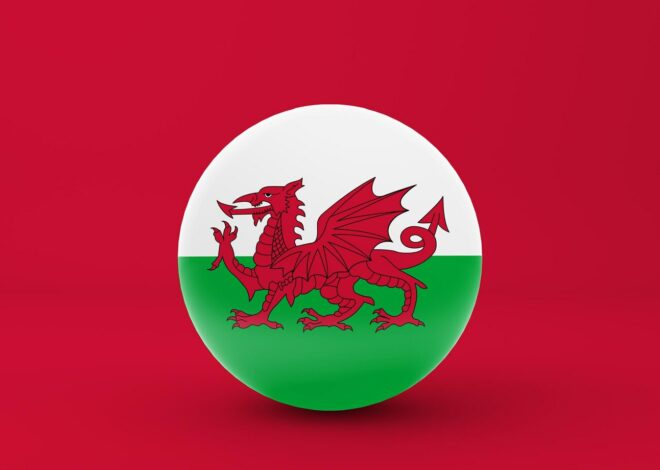
Ukraine-Russia relations : Overview of their Relations
The relationship between Ukraine and Russia is a multifaceted and often tumultuous one, characterized by a complex interplay of historical, political, economic, and cultural factors. To understand the dynamics of Ukraine-Russia relations, we must explore key events and developments that have shaped this relationship over time.
1. Historical Ties and Divisions
Ukraine and Russia share a long and intertwined history. Kyivan Rus, a medieval state, was the precursor to both modern-day Russia and Ukraine. This historical connection has led to shared linguistic, religious, and cultural elements. However, it has also been a source of historical tensions and territorial disputes.
2. The Soviet Era
During the Soviet era, Ukraine was one of the republics within the USSR. While this period brought industrialization and urbanization to Ukraine, it also witnessed the Holodomor, a devastating famine-genocide that claimed millions of Ukrainian lives.
3. Independence and the Post-Soviet Era
Ukraine declared independence from the Soviet Union in 1991, following the dissolution of the USSR. The early post-Soviet years were marked by political and economic struggles as Ukraine sought to establish itself as a sovereign nation.
4. Gas Disputes
Gas disputes have been a recurring issue in Ukraine-Russia relations. These disputes often revolve around gas prices, transit fees, and energy security. Gas cutoffs have occurred, leading to disruptions in gas supplies to Europe.
5. The Annexation of Crimea (2014)
One of the most significant and contentious events in recent history was Russia’s annexation of Crimea in 2014. Following Ukraine’s Euromaidan protests and the ousting of President Yanukovych, Russia moved to take control of Crimea, a move that was widely condemned by the international community.
6. Conflict in Eastern Ukraine
Shortly after the annexation of Crimea, armed conflict erupted in Eastern Ukraine, primarily in the Donetsk and Luhansk regions. Pro-Russian separatist movements clashed with Ukrainian government forces. This ongoing conflict has resulted in significant loss of life and displacement of civilians.
7. International Response
The international community, including the United States and the European Union, imposed sanctions on Russia in response to its actions in Ukraine. Diplomatic efforts, including the Minsk agreements, have been made to broker a ceasefire and find a peaceful resolution to the conflict.
8. Strained Diplomacy
Efforts to resolve the Ukraine-Russia conflict through diplomacy have been challenging. The Normandy Format, which includes Ukraine, Russia, Germany, and France, has seen negotiations, but a comprehensive and lasting settlement remains elusive.
9. Cultural and Linguistic Divides
Ukraine’s efforts to strengthen its national identity have included promoting the Ukrainian language and culture. These measures have sometimes exacerbated tensions with Russia and Russian-speaking populations in Ukraine.
10. Ongoing Geopolitical Tensions
Ukraine’s desire for closer ties with Western institutions, such as the European Union and NATO, has contributed to ongoing geopolitical tensions with Russia. Russia views these moves as a threat to its sphere of influence.
In conclusion
Ukraine-Russia relations are characterized by a complex web of historical legacies, political conflicts, and geopolitical tensions. The annexation of Crimea and the ongoing conflict in Eastern Ukraine continue to be major points of contention, with far-reaching implications for both countries and the broader international community. Achieving a lasting and peaceful resolution remains a challenging but essential goal for regional stability and peace.


